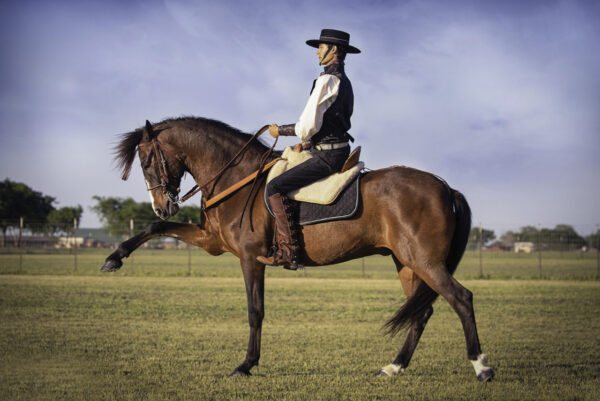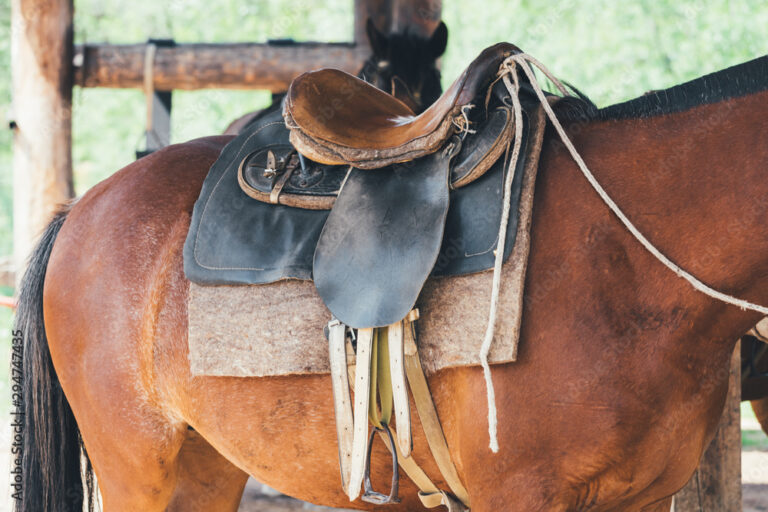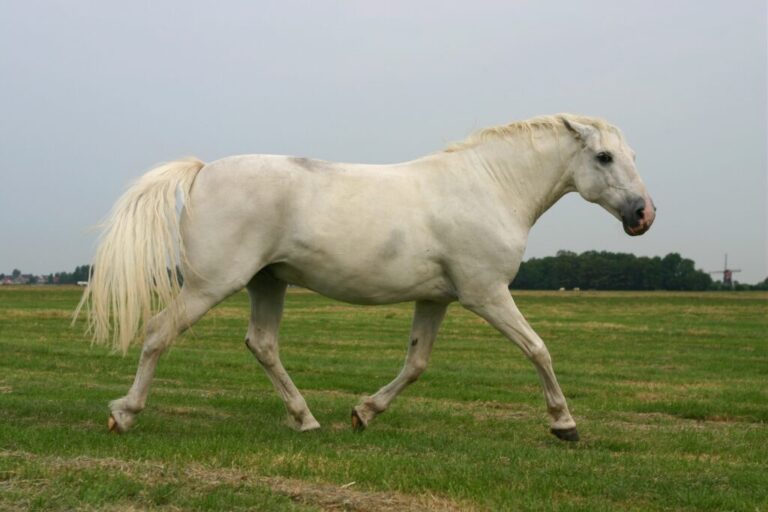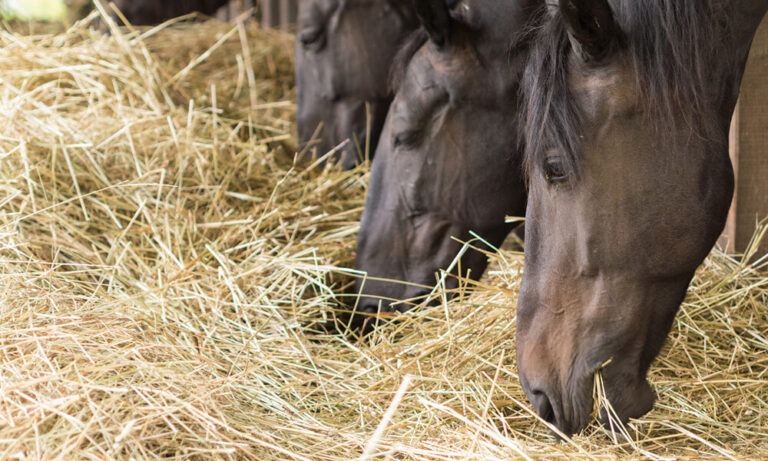Horse Bit Pressure Training: An In-Depth Guide for Enthusiasts
Horse bit pressure training is a fascinating and essential aspect of equestrian practice. Whether you’re a seasoned rider or a newcomer to the world of horses, understanding how to effectively…
Why Horses Shy Away from People or Objects
Horse Shampoo for White Horses: Choosing the Right Option
Maintaining the pristine appearance of white horses can be a challenging task. These majestic creatures are prone to staining and discoloration, making it essential to choose the right grooming products….
Mental Stimulation for Horses Explained
Understanding Horse Nipping Behavior
How to Measure a Saddle Seat for the Perfect Fit
Ensuring the right saddle fit is crucial for both your comfort and your horse’s well-being. Knowing how to measure a saddle seat can make the difference between a pleasant ride…
How to Fit a Saddle to a Horse: A Detailed Guide for Equestrians
Proper saddle fit is crucial for both the comfort of your horse and the safety of the rider. Incorrectly fitted saddles can cause discomfort, pain, and long-term health issues for…
Explaining Stallion Behavior
Feeding Schedule for Stable Horses: A Complete Guide
Creating an effective feeding schedule for stable horses is crucial to maintaining their health and performance. A well-planned routine ensures that horses receive the right nutrients at the right time,…
Breeding
Discover horse reproduction with a focus on genetics, techniques, and raising healthy foals.
-

Andalusian Horse Emotional Bonding: Understanding Its Depth and Importance
The Andalusian horse, known for its grace and intelligence, is not just a magnificent creature to behold but also an animal capable of deep emotional connections with humans. The concept… Read More
-

Andalusian Horse Myths and Facts: Separating Truth from Fiction
The Andalusian horse is a majestic and ancient breed known for its grace and elegance. It has captivated the hearts of horse enthusiasts around the world. However, with its popularity… Read More
-

Andalusian Horse Rescue Information: A Guide to Saving and Adopting
The majestic Andalusian horse, known for its elegance and strength, often finds itself in need of rescue. Whether due to abandonment, neglect, or economic hardships faced by owners, these horses… Read More
Readers’ Most Popular
- How to Measure a Dressage Saddle: A Comprehensive Guide
- How to Put Browband on a Horse: Step-by-step Guide for Beginners
- How to Plait Horse Mane for a Neat and Elegant Look?
- Which of the Following Breeds of Horse Comes Only in the Color Black?
- How to Get Horse Mane to Grow Back? Simple Tips and Techniques
- How Do You Take Care of a Horse for a Happy Life?
- What Does Hoof Oil Do for Horses? A Complete Guide


Disciplines
Explore the diverse equestrian disciplines, from dressage and show jumping to endurance riding and rodeo, showcasing the unique skills and partnerships.

The Rider
Discover the essential skills, techniques, and mindset that define a successful equestrian, emphasizing the unique bond between rider and horse.

The Horse
Explore the fascinating world of horses, showcasing their diverse breeds, unique traits, and the dedicated care that fosters their vitality, strength, and timeless grace.























